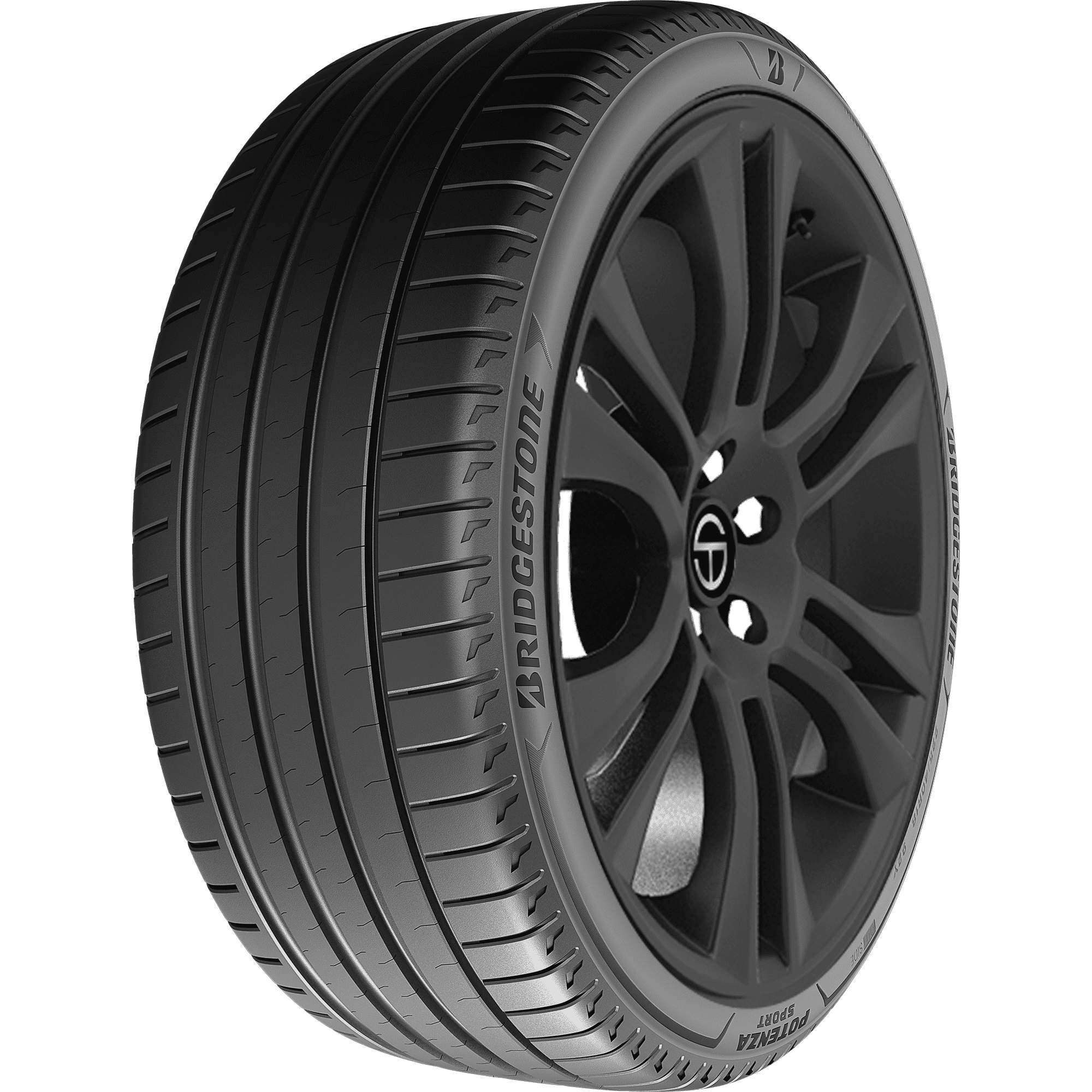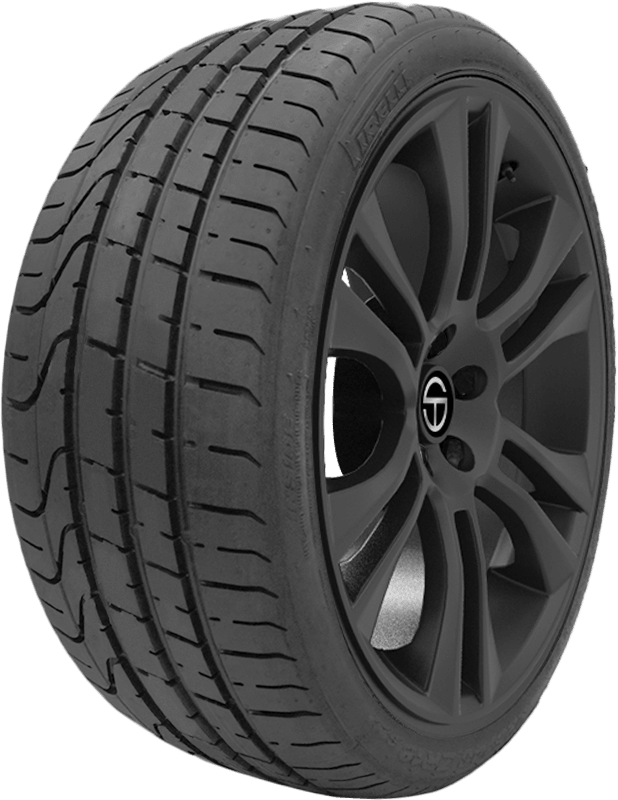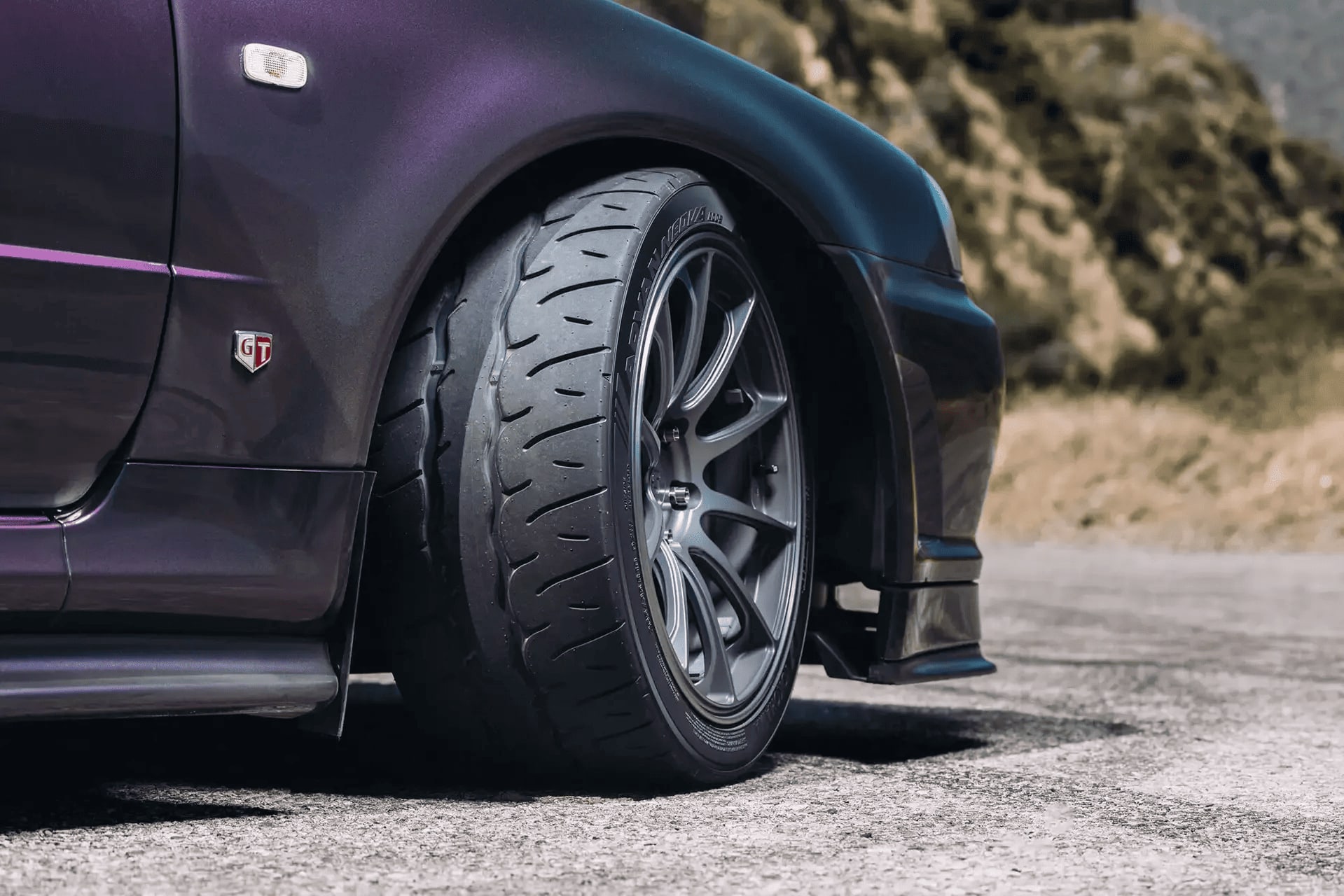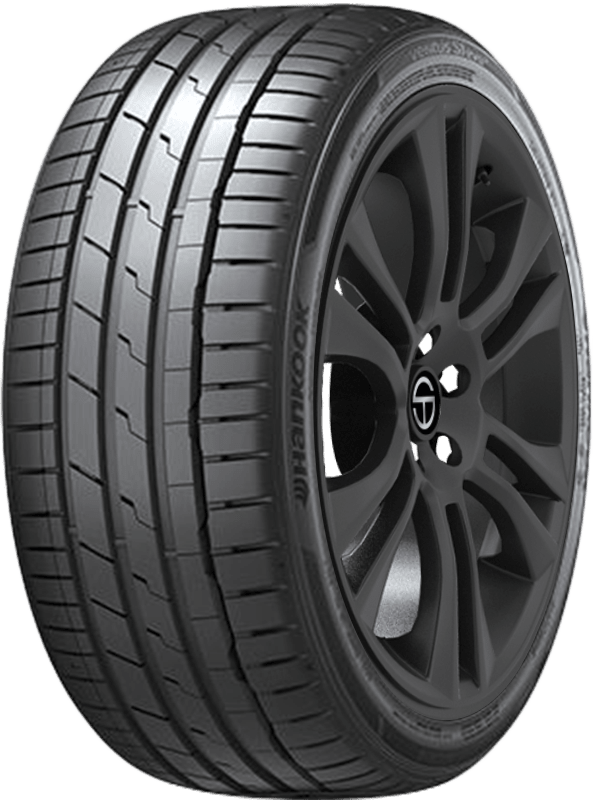Tire Buying Guides
Top 5 Summer Tires for Ultimate Performance and Grip

Best price guarantee
Tire replacement coverage
24/7 roadside assistance
Easy returns
Tire Buying Guides

As the temperatures rise, it's time to swap out your all-season tires for something that truly enhances your summer driving experience. High-performance summer tires are designed to maximize grip, improve handling, and deliver precise responsiveness in warm weather. Whether you're hitting the open road or carving through winding backroads, the right summer tires can take your driving to the next level.
Unlike all-season tires, summer tires are optimized for dry and wet conditions, using specialized rubber compounds and advanced tread patterns to ensure maximum traction. If you're looking to improve your car's performance and enjoy a more dynamic drive, upgrading to a high-performance summer tire is a game-changer.
Summer tires are built specifically for warm weather and deliver superior performance on both dry and wet roads. They feature: Optimized tread patterns that prioritize road contact for enhanced grip and stability. Softer rubber compounds that stay flexible in warm temperatures for better traction. Shallow tread depths to maximize handling and cornering capabilities.
Unlike all-season tires, summer tires are not designed for winter use. Once temperatures drop below 45°F, they lose flexibility, reducing grip and increasing the risk of wear and damage. This makes them a seasonal upgrade for those who want the best warm-weather performance.
When selecting summer tires, keep an eye out for these essential features:
Tread Design: Look for asymmetric or directional tread patterns that optimize grip and help push water away to prevent hydroplaning.
Advanced Rubber Compounds: Tires infused with silica or high-performance polymers provide superior traction and durability.
Reinforced Sidewalls: Stiffer sidewalls improve stability and handling during high-speed driving and aggressive cornering.
Wet Weather Performance: Even in summer, rain happens—so choose a tire with effective water evacuation for confidence in wet conditions.
Switching to summer tires isn’t just about performance—it’s about safety and control. Here’s what makes them a must-have for driving enthusiasts:
Unmatched grip on warm roads for better acceleration and braking.
Sharper steering response for more precise handling.
Shorter stopping distances, especially in dry and wet conditions.
A more engaging and enjoyable driving experience.
If you're looking for the best summer tires for grip, speed, and performance, here are some top picks:
1. Continental ExtremeContact Sport 02

Best for: High-performance driving in wet and dry conditions Why we love it: Outstanding grip, precise handling, and excellent wet traction
The Continental ExtremeContact Sport 02 is engineered for drivers who demand top-tier performance and reliability in dry and rainy conditions. With an advanced tread compound and optimized design, this tire delivers razor-sharp steering response, superior cornering grip, and confident wet-weather handling. Whether taking on winding roads or pushing your car to its limits on the highway, the ExtremeContact Sport 02 ensures a smooth, stable, and exhilarating drive.
2. Bridgestone Potenza Sport

Best for: Precision handling and high-speed stability Why we love it: Exceptional grip, sharp responsiveness, and impressive wet performance
The Bridgestone Potenza Sport is built for drivers who crave thrilling performance and total control on the road. Designed with an advanced rubber compound and an aggressive tread pattern, this tire delivers outstanding dry traction, confident wet grip, and razor-sharp handling. Whether accelerating on open highways or carving through tight corners, the Potenza Sport provides the stability and responsiveness needed to push your driving experience to the next level.
3. Pirelli P Zero

Best for: High-performance driving with a balance of speed and comfort Why we love it: Excellent grip, precise handling, and smooth ride quality
The Pirelli P Zero is a top choice for drivers looking to elevate their performance without sacrificing comfort. Engineered for sharp cornering, strong traction, and reliable wet-weather grip, this tire offers the perfect mix of control and refinement. Whether you're pushing your car to the limits on winding roads or enjoying a smooth highway cruise, the P Zero delivers responsive handling and confidence-inspiring stability in all summer conditions.
4. Yokohama Advan Neova AD09

Best for: Hardcore enthusiasts and track-day warriors Why we love it: Extreme grip, razor-sharp handling, and high-speed stability
If you're looking for a race-inspired tire that delivers next-level performance, the Yokohama Advan Neova AD09 is built to thrill. With its aggressive tread design and ultra-sticky rubber compound, this tire offers unmatched dry grip and lightning-fast cornering response. Whether attacking hairpin turns on the track or carving up winding roads, the Advan Neova AD09 provides the precision, stability, and control you need to push your car to the limit.
5. Hankook Ventus S1 evo3 (K127)

Best for: Balanced performance in both dry and wet conditions Why we love it: Confident handling, strong grip, and excellent high-speed stability
The Hankook Ventus S1 EVO3 (K127) is a solid choice for drivers who want both performance and reliability. With Hankook’s advanced silica compound, this tire delivers exceptional traction on dry roads while maintaining an impressive wet-weather grip. Its reinforced construction enhances stability at high speeds, making it a great fit for spirited driving. Whether taking on tight corners or enjoying a highway cruise, the Ventus S1 EVO3 provides precise steering response and long-lasting durability, ensuring a smooth yet exhilarating ride.
To extend the life of your summer tires and ensure top performance, follow these essential tips:
Check Tire Pressure Regularly: Proper inflation improves handling and fuel efficiency.
Rotate Tires Every 5,000-7,000 Miles: This promotes even tread wear and maximizes longevity.
3.__ Monitor Tread Depth__: Replace your tires once tread depth reaches 2/32” to maintain optimal grip.

Switching to summer tires is one of the best ways to enhance your vehicle's handling, safety, and performance. Whether you’re looking for maximum grip on dry roads, superior wet-weather traction, or track-ready responsiveness, there’s a summer tire designed for you.
At SimpleTire, we make it easy to find the perfect high-performance summer tires for your vehicle. Shop online today and get the best deals on top brands—because summer driving should be thrilling, safe, and unforgettable!
Search By